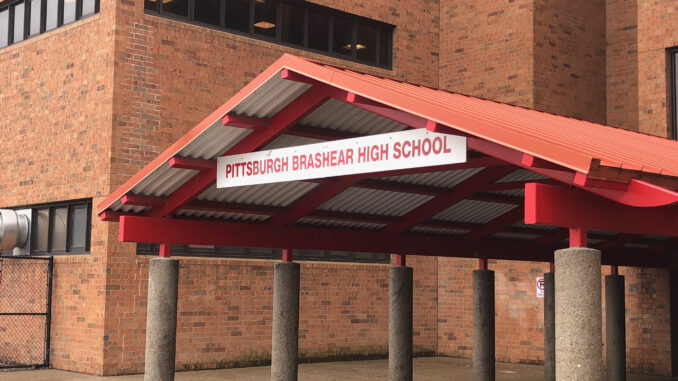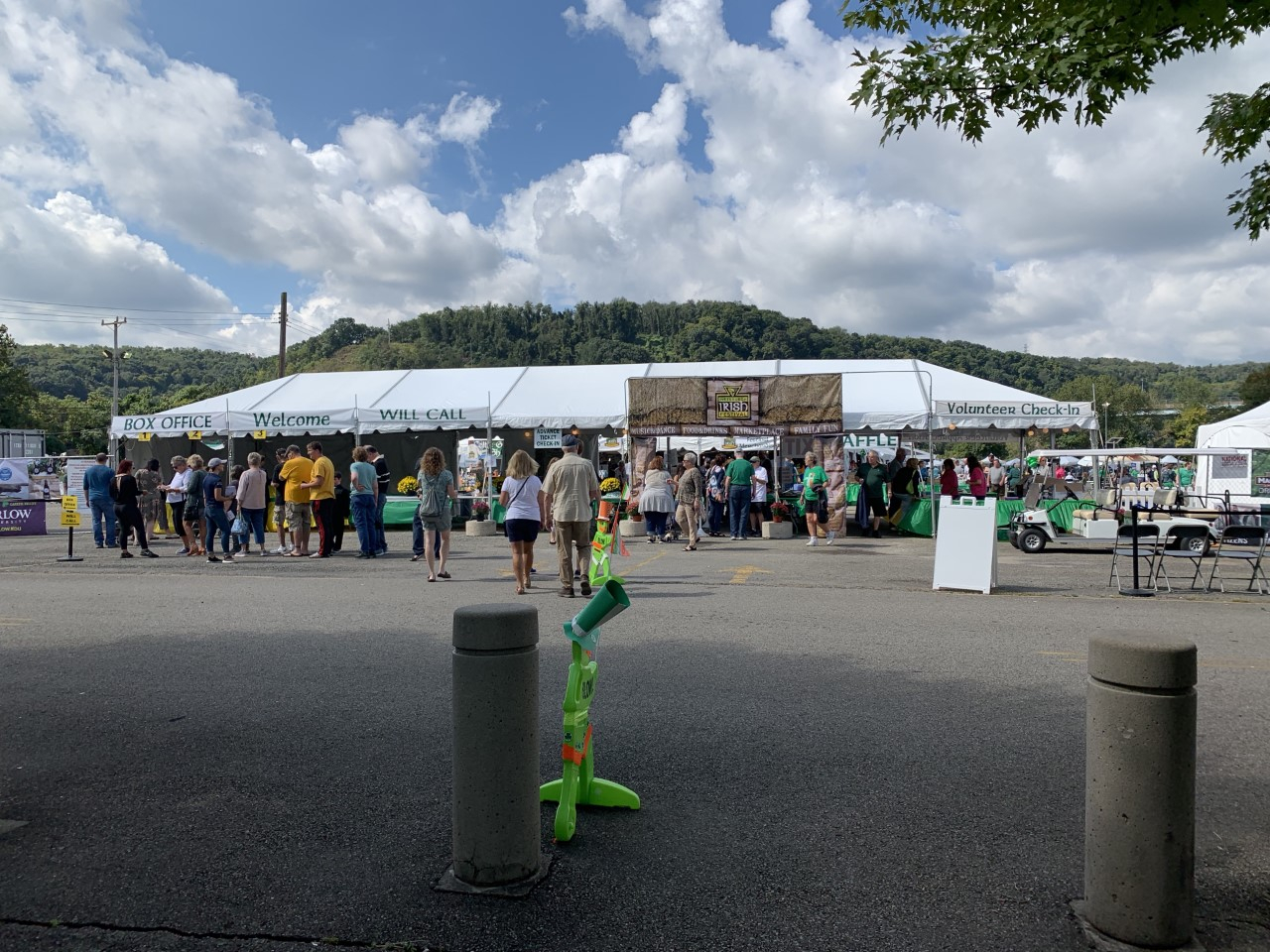
Kellen Stepler | Editor-in-Chief
09/03/2020
The national conversation regarding police presence in schools hit Pittsburgh this summer, as Duquesne law professor Tiffany Sizemore and Pitt professor Jeff Shook wrote an open call for Pittsburgh Public Schools (PPS) to stop using police to manage children in their schools.
Sizemore, head of the Juvenile Defender Clinic at Duquesne, wrote that “in light of the continued police killings of unarmed African-American teens citizens in this country, there is no justification for continuing to have police officers or other quasi-law enforcement security forces patrolling the school buildings of this city’s children.”
Sizemore cited data from the American Civil Liberties Union, stating that students who attend schools with police are 3.5 times more likely to be arrested than in schools without police.
“Arresting children and pushing them into magistrates, juvenile courts and adult courts makes them more likely to drop out of school which, in turn, makes them at higher risk for a wide range of poor life outcomes,” Sizemore said.
Shook said that mentors, including police, play an authority figure in schools to improve school climate, but that role can be fulfilled without the police label.
“With police,” he said, “the reliance is on them intervening, leading to a lot of referrals to juvenile court.”
“We know that there’s not evidence that police make schools safer,” Shook said.
The Woodland Hills school district, for example, is one area school district that is phasing out their police department — a plan that was initiated in 2018. Additionally, youth specialists will be replacing security guards at Linton Middle School, in the Penn Hills school district.
Something to learn from districts that have already removed campus police, Sizemore said, is “that the world will not fall apart.”
“Students can be in school, and will continue to engage in all of the behaviors of adolescence, but without the presence of police in the building,” Sizemore said. “If we treat our students like human beings who do not need to have their childhoods policed, we will have safer learning environments.”
A December 2019 report from the state Department of Education showed that five PPS high schools — Brashear, Carrick, Westinghouse, Perry and Oliver – were among the top 25 schools across the state for arrests across Pennsylvania. Sizemore noted that locally, Black boys are five times more likely than white boys to be referred by PPS to the juvenile justice system and Black girls are nine times more likely than white girls.
“Students of color are more likely to go to a school with a police officer, more likely to be referred to law enforcement and more likely to be arrested at school,” Sizemore said. “A very large proportion of all referrals of Black youth to juvenile justice in Allegheny County — 32% of Black girls and 19% of Black boys — comes from Pittsburgh Public Schools police.”
However, the idea to remove police in schools has gotten a mixed reaction from other local educational leaders. Nina Esposito-Visgitis, president of the Pittsburgh Federation of Teachers (PFT), does not want to see school officers removed. According to their website, PFT represents over 3,100 teachers, paraprofessionals, technical, clerical and support staff in PPS.
Esposito-Visgitis cited data from a June PFT survey, where 96.1% of 1,340 PFT members believed that school police should not be eliminated from Pittsburgh schools. The study also showed that out of 1,316 responses, 64% of respondents “strongly agree” that school police officers treat students with respect.
In the survey, PFT members also could identify areas of added support to increase safety of school and staff. Some things they suggested were more counselors, social workers, nurses, psychologists and mental health therapists; training for all staff in de-escalation and trauma informed care; community mental health and resiliency services and anti-racism training.
Now, where teachers are called upon to do “more and more with less and less,” Esposito-Visgitis said that there’s a need for more support in schools, and police are one example. She said that she sees the mentors that police are to students, and that teachers go to them for a resource.
“It’s an issue that we need to work on together to ensure the proper support, where students can learn and teachers can teach,” she said.
Esposito-Visgitis also said that there’s more than what meets the eye when it comes to some reports, saying that parents often file charges.
“We all have to be careful when we look at the data,” Esposito-Visgitis said. “We have to respect the data and not use it against each other — let’s talk about it and make things better.”
Since the letter was written in June, Sizemore said that not much has developed. Over the summer, PPS has heard from hundreds of people both arguing for and against the removal of police in schools, but there has actually been very little movement toward the elimination of police in schools.
But, the conversation won’t stop here. Shook said that the Black Girls Equity Alliance, a juvenile justice group that both he and Sizemore contribute to, will host a news conference Sept. 14 to discuss policing in PPS, and a town hall meeting Sept. 17 as “another way to move the conversation forward.”
“We’ve got to move to solutions,” Shook said. “We’ve got to improve the school experience without criminalizing students.”



